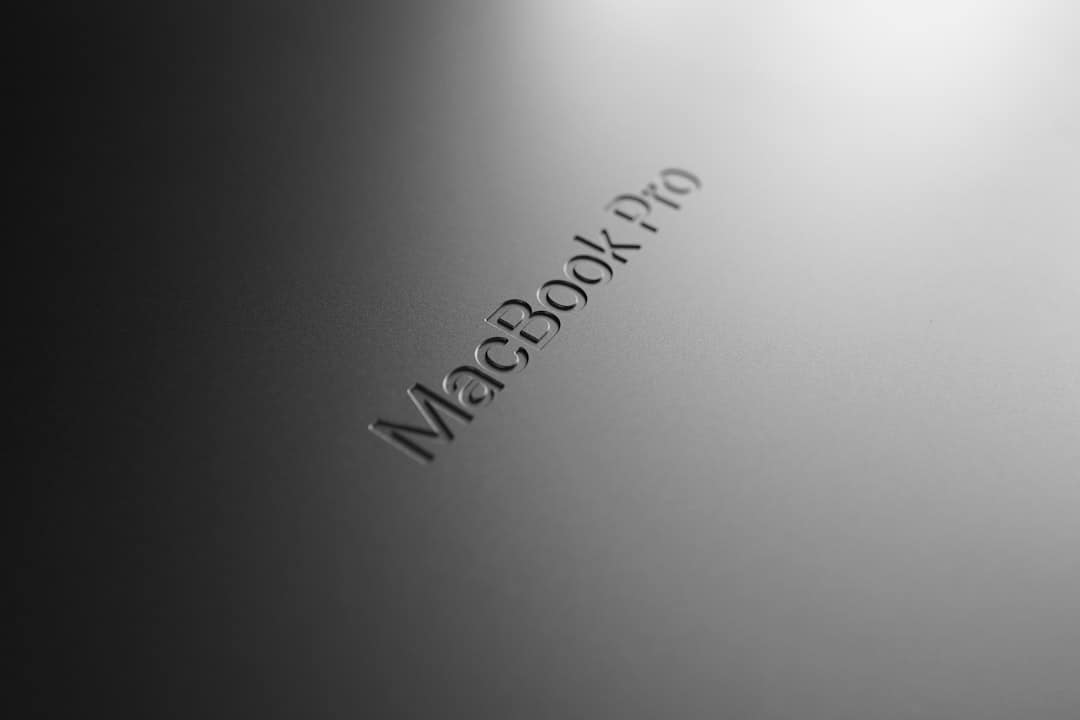In the modern digital age, a brand’s identity often begins and ends with its logo. Whether it's on a website, social media platform, or mobile app, your logo is one of the most visible and impactful components of your brand. Therefore, ensuring your logo design is optimized specifically for digital media is not just a benefit — it’s a necessity. Companies that fail to adapt their logos for the digital world may struggle with recognition, clarity, and engagement.
Digital media poses different requirements than traditional print. Logos must be flexible, scalable, and legible across a variety of devices and screen sizes. Here's how to make sure your logo is fully optimized for digital platforms.
1. Simplicity is Key
Digital platforms often require logos to be displayed at small sizes, such as in app icons, website favicons, or social media avatars. A complicated or overly detailed logo might look stunning on a billboard, but it can become unrecognizable when scaled down.
- Streamlined Design: Opt for clean lines and minimal text to ensure legibility at any size.
- High Contrast: Use strong contrasting colors to make the logo pop regardless of background or screen brightness.

Brands like Apple or Nike exemplify simplicity with their recognizable logos that work on screens big and small. When your logo is stripped down to its essential elements, it becomes more adaptable and memorable.
2. Scalability Across Devices
Today’s consumers use a range of digital devices — from smartphones and tablets to giant monitors and smartwatches. Your logo must adapt seamlessly to this landscape.
- Vector Format: Designing your logo in vector format (such as SVG or EPS) ensures that it remains crisp and clear regardless of how large or small it's displayed.
- Responsive Design: Consider multiple versions of your logo — such as full, horizontal, stacked, or icon-only — to ensure clarity across different placements.
Google’s simple yet effective “G” icon is a great example of how a logo can be adapted while maintaining brand identity. On larger screens, the full Google wordmark is displayed, but for app icons or toolbars, the “G” alone carries the brand with ease.
3. Color Adaptability
Color plays a critical role in brand recognition, but in digital environments, your logo may be displayed in black and white, full color, or over any background. Preparation is essential.
- Monochrome Version: Create a black-and-white or single-color version of your logo that retains visual identity even without its original color palette.
- Transparent Background: Always use a transparent background for your logo files (such as PNG or SVG) to maintain flexibility across different media.
- Dark Mode Compatibility: With the rise of dark mode on devices and apps, ensure your logo stays legible and visually appealing in both light and dark environments.
Having these variations ensures your brand remains consistent while adapting seamlessly to changing digital conditions.

4. Typography That Works Digitally
Typography is a major component of many logos, but not all typefaces are suited for digital screens. Thin or overly decorative fonts can lose clarity or legibility when scaled down.
- Choose Screen-Friendly Fonts: Pick typefaces optimized for web use that are readable at various resolutions.
- Limit Words: If your logo includes a tagline or business name, ensure it doesn’t become cluttered or illegible in smaller versions.
A good digital logo often includes a pared-down text element or uses initials for smaller displays — such as how Facebook’s full logo becomes a simple “f” icon in mobile environments.
5. Animation and Interactivity
Unlike print, digital media provides the opportunity to add motion or interactivity to your logo. Animated logos can capture attention and reinforce brand personality.
- Animated Variants: Subtle animations, such as a spin, fade, or bounce, can create a dynamic and engaging user experience.
- Interactive Logos: Logos that respond on hover or click events can enhance user engagement on websites or apps.
However, animations should be used strategically. They must be smooth, non-disturbing, and should not detract from the user experience.

Conclusion
Optimizing your logo design for digital media involves a combination of visual adaptability, format precision, and aesthetic clarity. From simplicity and scalability to color flexibility and interactive elements, every design choice should prioritize how the logo functions across the multifaceted digital landscape. A well-optimized logo doesn’t just look good — it boosts recognition, builds trust, and ensures your brand stands tall no matter where it appears online.





